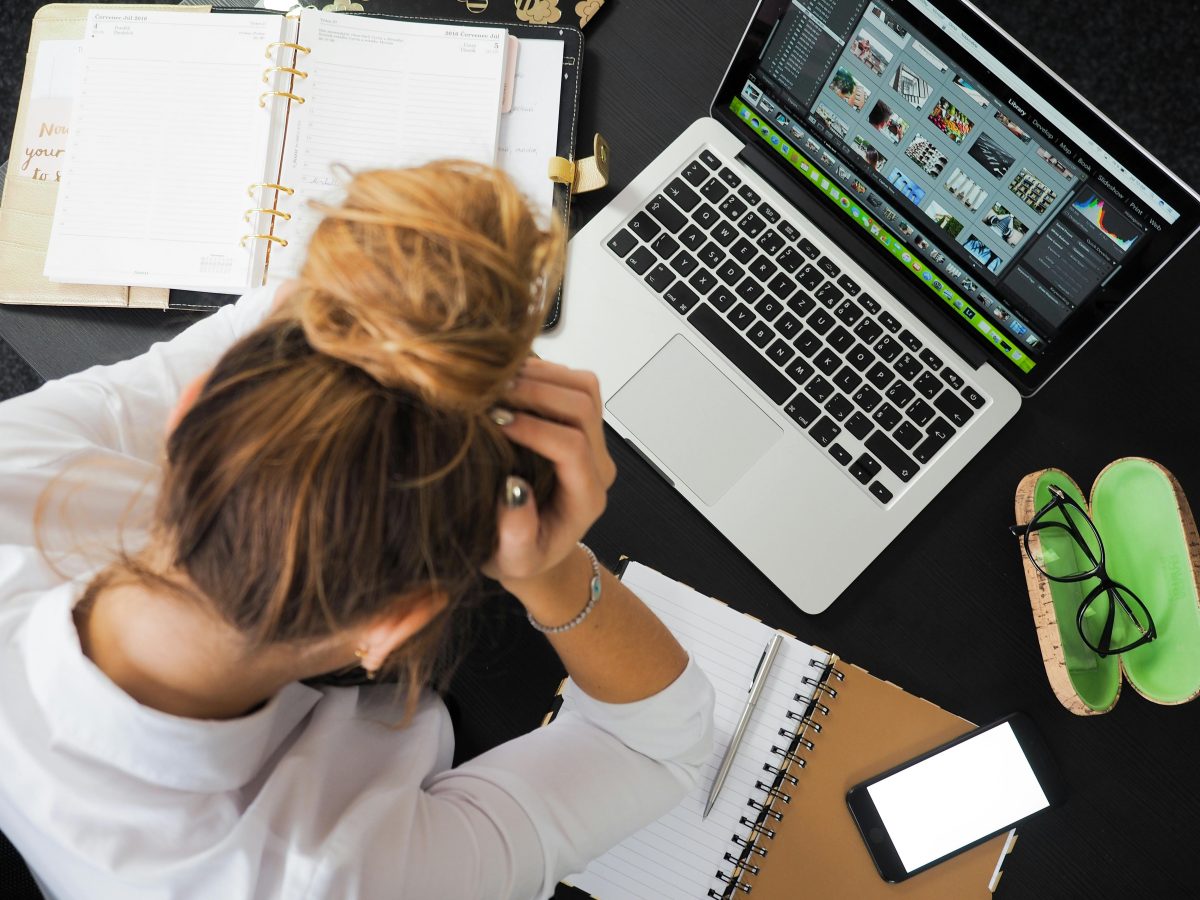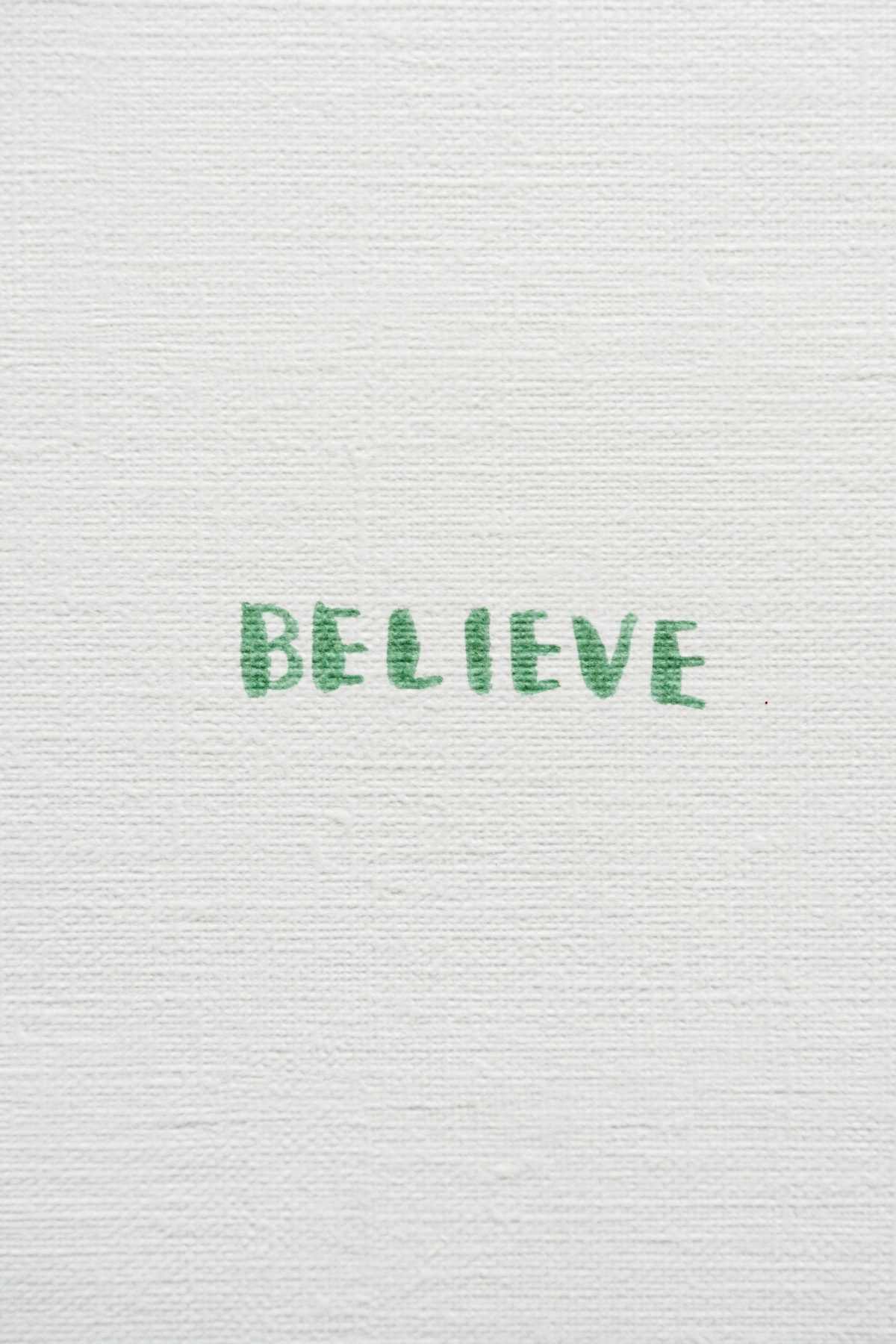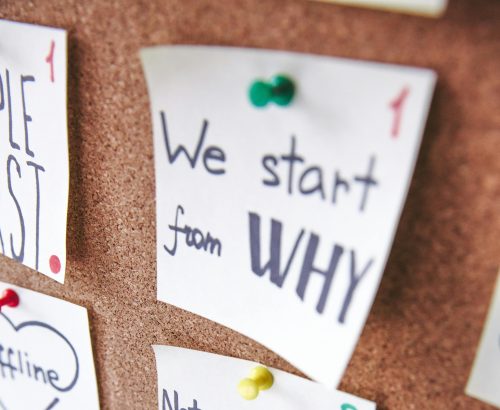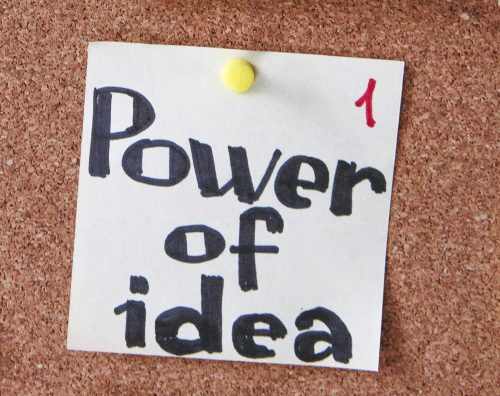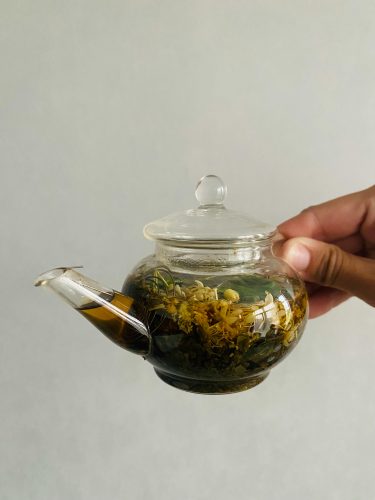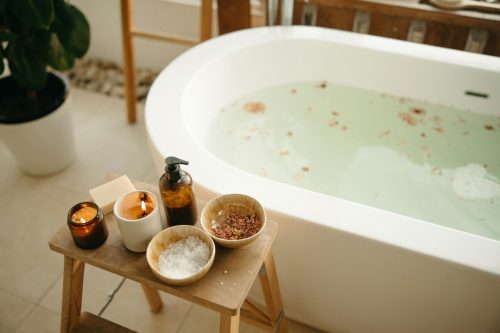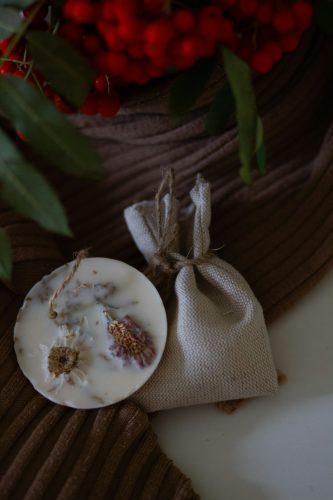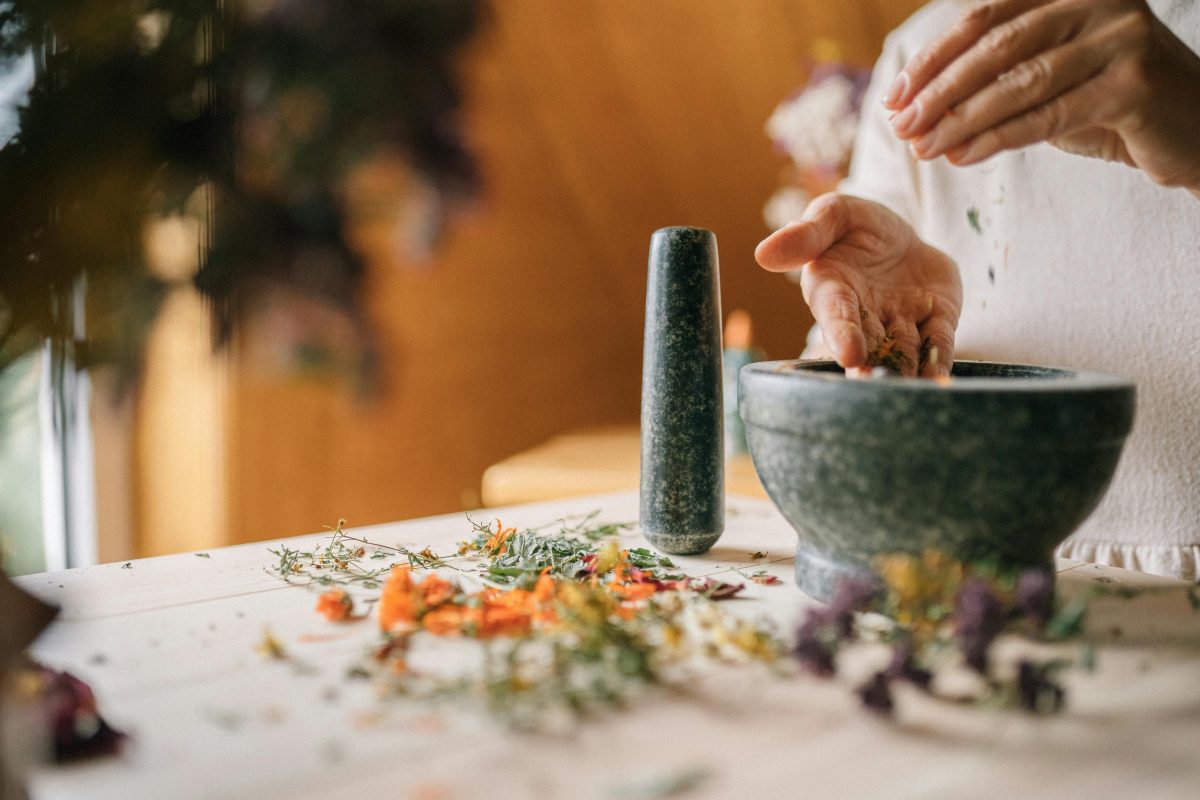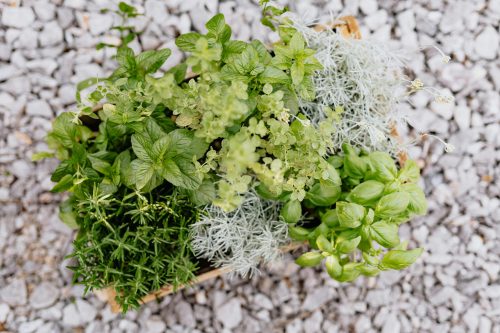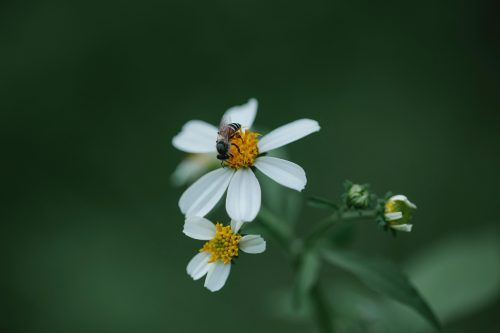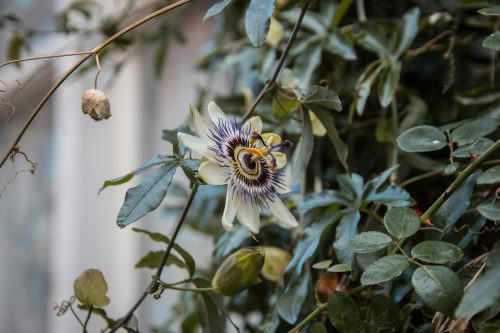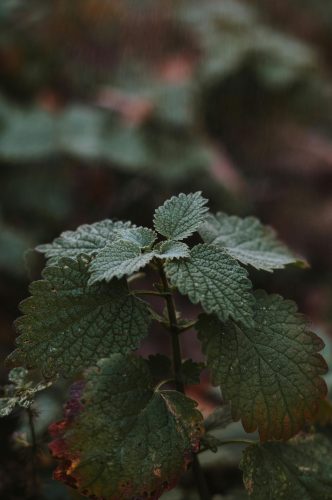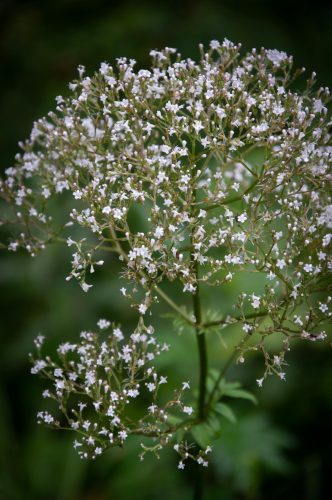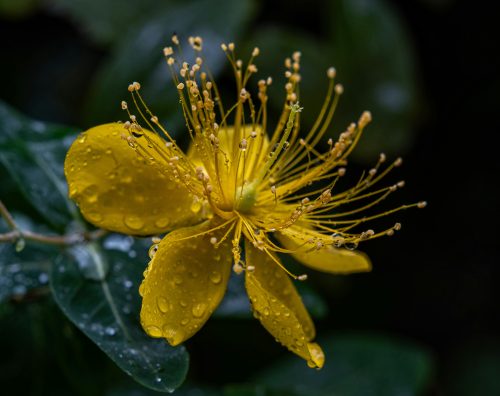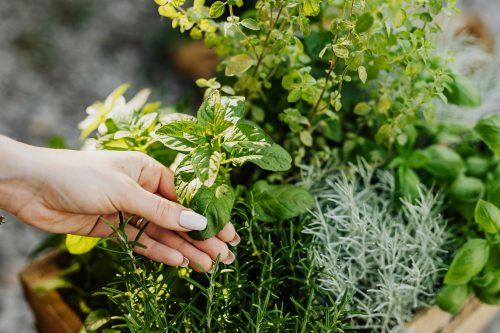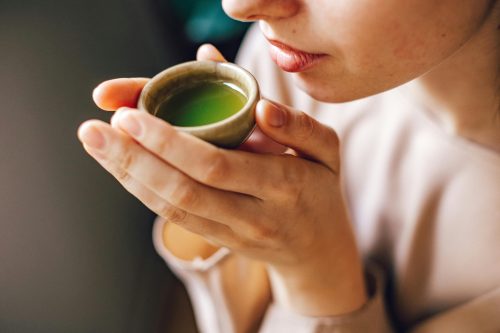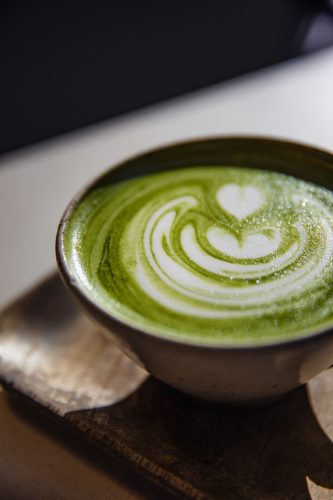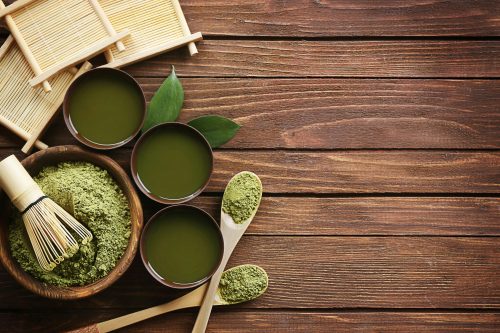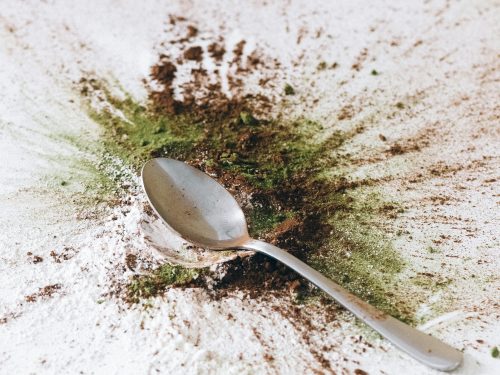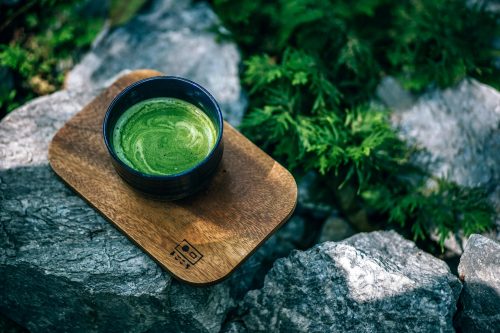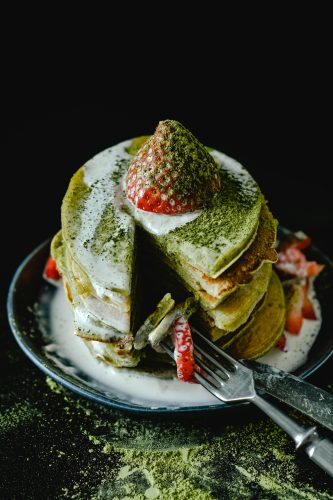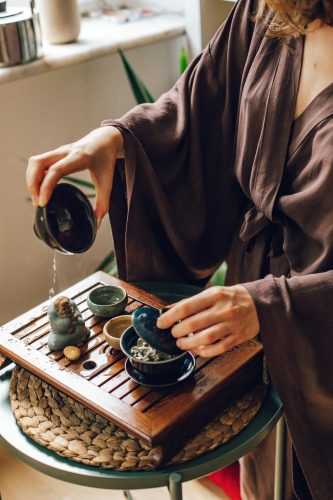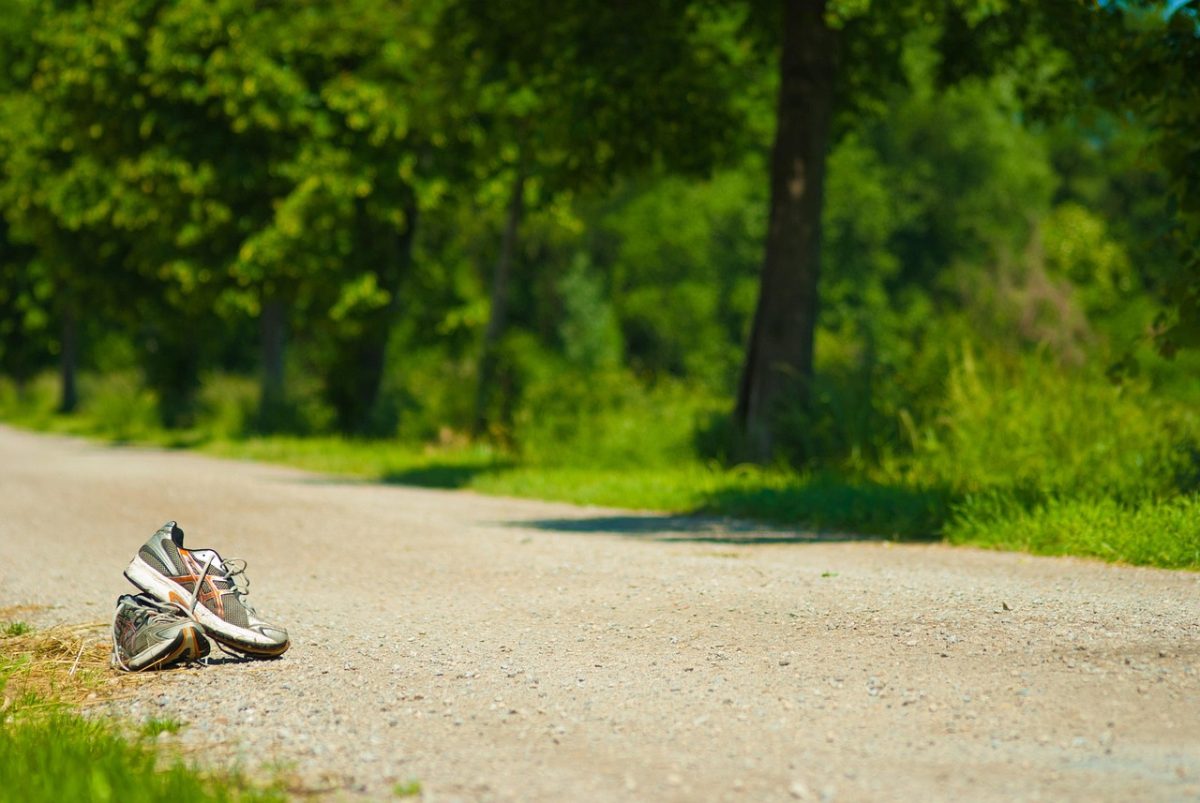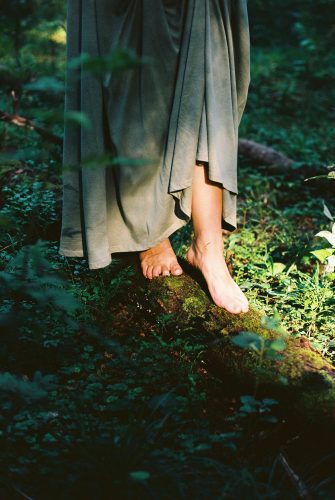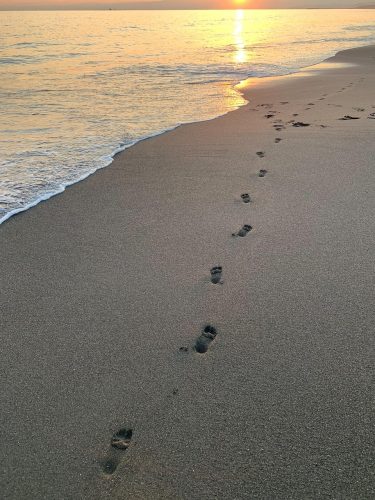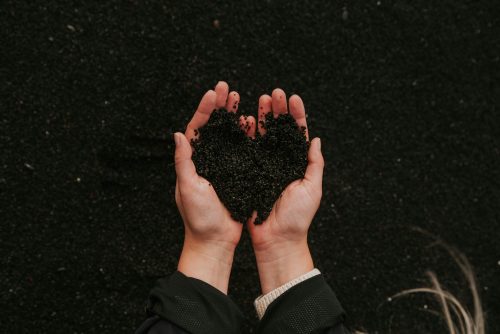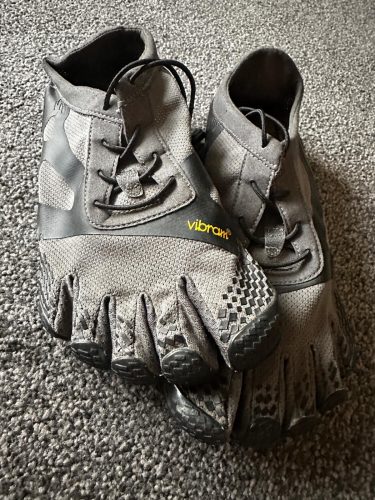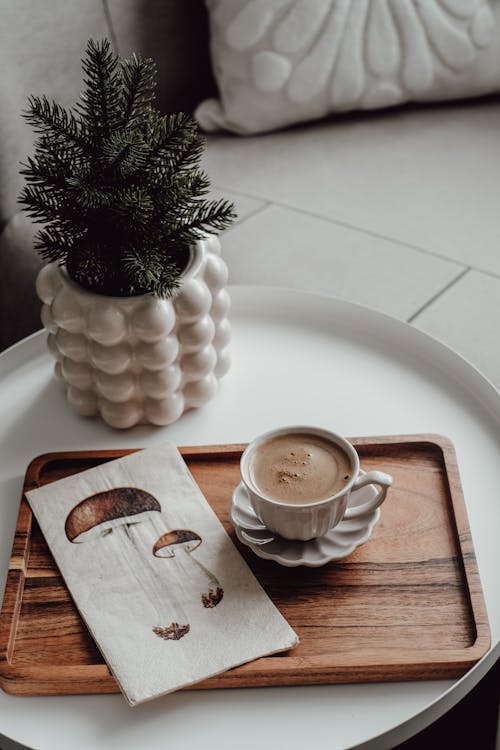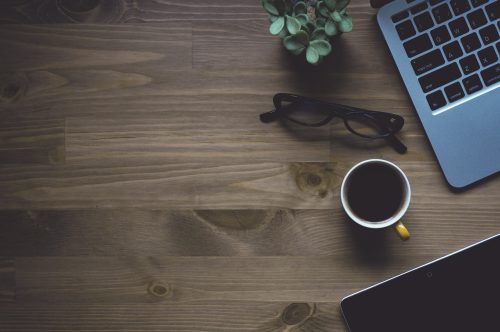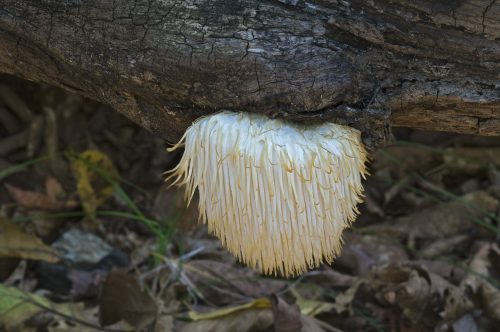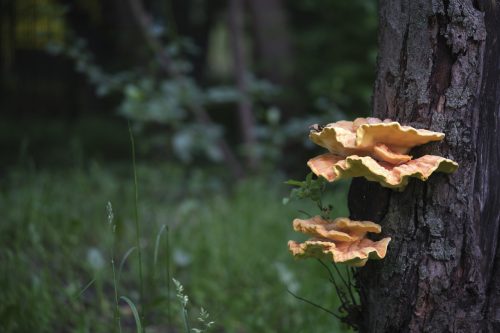Overthinking is… many things. Overthinking can be exhausting. It can take up our mental space and focus. It can leave us feeling more of what we don’t want. It can make us overthink about overthinking. It can turn into a broken chain – circling round and round yet serving no helpful purpose. It can take us away from life itself. At the same time, overthinking might mean many other things to you. It’s a personal experience – and yet, a deeply human one. It happens, often for more understandable reasons than we realise. But using journal prompts for overthinking can help us unravel some of this and break the cycle.
The Overthinking Spiral
Overthinking can lead to a spiral. And it doesn’t always look cute.
We can start to see the worst in ourselves, analyse every detail of what we do and say to the point of becoming overcontrolled… hardly saying or doing anything because we just feel so stupid and why can’t we do anything right and that person probably thinks I’m annoying or boring or weird and I’m never going to go out again because what’s the point of tormenting myself and other people but then people will notice and I’ll be alone and have no one and…
It goes on.
That’s just one example.
It can also look like sad, cried-out eyes – and maybe a puffed-up face that makes your glasses sit weird, or like you’ve been emotionally and physically stung by a bee. You know, the classic “just cried in the bathroom at work” look.
If you’re here, the above probably sounds familiar.
Overthinking can feel automatic and beyond our control. I’ve been there. My clients have been there. And chances are, we’ll all find ourselves there again.
But every time is a new chance to move through it. To learn something about ourselves. Whether we realise it or not, using journal prompts for overthinking is a gentle step in that direction.
Why Journal for Overthinking?
We all have different reasons for using journal prompts for overthinking. Some people want to clear the mental clutter. Others are trying to problem-solve what’s causing their overthinking. You might not even be sure why – you’re just curious if it’ll help.
That’s why I often start with the question:
“Why do I want to journal right now?”
Knowing your intention can help you get more out of the practice. The more personal it is, the more likely it is to support you.
As for some pointers if you’re unsure, some potential goals might be:
• To understand what it is I’m actually overthinking
• To reduce how much time I spend overthinking
• To get out of my head and into action
• To be able to focus
• To empty my mind of clutter
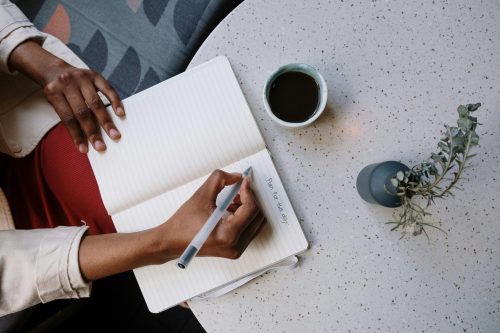
Starting Journal Prompts for Overthinking #1
“What is the situation or thing I am overthinking about?”
Naming it gives the overthinking shape — a reference point.
In all fairness, your brain is probably trying to protect you. I know how that might sound – like, “well, it’s doing quite the opposite!” But it’s true.
Your brain sees this situation as a potential threat, and it’s trying to shield you by thinking through every possible outcome. It’s essentially trying to prevent your worst fears from coming true. What it often forgets to do in this process is… offer actual solutions. It just keeps looping.
That’s why writing it down and giving the thoughts form can be a powerful first step. It can start to give you some clarity.
I always say to clients that journaling takes thoughts and feelings “out of mind and onto paper.” Just that act alone can give you permission to park the overthinking – because it’s been acknowledged.
Journal Prompt #2
“What am I truly afraid of here?”
Overthinking and anxiety are close cousins. Anxiety gets a bad rep, but it’s essentially your body redirecting mental and physical energy in case something goes wrong.
That’s helpful if your safety is in actual danger.
But if you’re overthinking something you said in a meeting yesterday, this hyper-alertness doesn’t really help. Overthinking is more like worry laced with self-criticism and “what ifs”, rather than structured reflections like “what am I willing to try here to solve this?”
Anxiety is related to fear, an emotion we experience in response to a real threat in front of us that risks our physical safety. It is an apprehension, often the result of “fearing” a perceived, imagined or potential threat from the past or future that might harm us.
The key is that there’s no imminent danger with anxiety. You might think your anxiety is related to something in the moment (e.g., giving a presentation or social anxiety).
But you’ll often find this by digging a little deeper that you might be making predictions or assumptions about the past or future (e.g., “What will people think of me?”, “I was so clumsy last time”).
The prompt helps us identify the fear beneath the surface.
Is it fear of rejection? Embarrassment? Being misunderstood?
Bringing it to light gives it less power.
Journal Prompt #3
“What else might I be feeling that the overthinking and anxiety is masking?”
Overthinking can act like a smokescreen for other emotions – sadness, anger, shame, grief. Sometimes it’s a familiar and easier place to stay in the mental loop than to feel something harder that’s lurking beneath.
Ask yourself:
• Is this really about the thing I said? Or is it about the sadness I felt after?
• Am I clinging to control because I’m actually feeling powerless?
Let yourself be curious here without judgment.
Journal Prompt #4
“What might I be trying to avoid?”
When we’re overthinking, our brain may be in “flight” mode. This is part of the fight, flight, freeze, or fawn system. It thinks it’s helping by running simulations of how things could go.
But really, we might be avoiding something. Overthinking can be a form of experiential avoidance – a way to escape dealing with the thing head-on.
Maybe you’re thinking, “If I think about it enough, I can prevent it from happening,” or “If I analyse this enough, I won’t have to feel the actual emotion underneath.”
This prompt brings clarity to what we might be running from, and why.
Journal Prompt #5
“How does overthinking make me feel in mind and body?”
A helpful bridge from the last question.
When we’re anxious, our nervous system is activated. Maybe we’re avoiding something big like rejection, failure, or shame. But instead of facing that, we get stuck in the cycle.
Overthinking often shows up physically too.
Gut tension, sweaty palms, jaw tightness, backache, stomach issues, headaches…
Bringing attention to this mind-body loop can help us catch the spiral earlier, or at least better understand what it’s doing to us.
Journal Prompt #6
“When did this start? And what point does it end?”
Understanding our triggers can help us feel more prepared next time. When did the spiral begin? What was happening around that time?
And the second question is more philosophical:
When is enough thinking enough?
I was told once by a supervisor that I need to do less thinking/planning and more doing. So I know how hard that is. Even now, I’ll catch myself planning and researching different jobs and careers… and yet, staying in the same place.
But if you always do what you’ve always done, you’ll always get what you’ve always got. Still, it’s not always as simple as “just stop overthinking.”
Otherwise we would.
But by noticing when it starts, and gently identifying what our limit is, we might shift the habit over time.
Journal Prompt #7
“How do I feel about giving myself permission to park this until I can really deal with it?”
This is about boundaries.
What if you made a conscious decision to contain the spiral? Maybe you set aside 15 minutes at the end of the day to journal all your anxious thoughts. Maybe you write them down and come back to them later when you’re better resourced.
Try saying: “Thanks, brain – I’ll think about this later.”
This isn’t avoidance. It’s conscious management. You’re not letting your worries take over the whole day.
Journal Prompt #8
“Is there another way of looking at this that might be more helpful to me?”
Overthinking not only might keep us stuck but can also give us tunnel vision. In other words, we might get quite rigid. These journal prompts for overthinking helps us get flexible again.
It’s not about being unrealistically positive. It’s about zooming out enough to see other angles.
• Could this situation be less of a disaster than I think?
• Could someone else see this differently?
• What would I tell a friend in the same position?
Even if it feels hard to believe, the act of considering new perspectives can loosen the grip of our default ones. We might not immediately shift, and this process might require repetition and practice. Eventually, it can become second nature and loosen the grip of the overthinking cycle.
Journal Prompt #9
“What are the facts around what I’m overthinking? What concrete evidence is there for my worries? What are my feelings? Can I bring those together to form a more balanced perspective?”
That is a bit of melange of a few journal prompts for overthinking, but makes some important links.
Why? Because overthinking often mixes emotion with assumed truth.
Let’s say you’re spiralling about a presentation: “I looked like such an idiot.” → Is that a fact? Or a thought?
How did you feel? How are your feelings valid? How can you nurture those feelings with kindness? What’s the evidence for your assumptions? Did someone give feedback? Is there room to create some doubt around your assumptions?
This prompt helps brings together emotional reasoning with actual data. We are not robots, so cutting emotions out of the equation completely could actually lead to us invalidating our feelings. Instead, working through this prompt can hold feelings alongside the facts to offer a kinder view.
An example reflection could be:
“I felt so worried about how I would come across because I really care about my work and how people might receive it. I noticed some people look away and others looked bored at times, but there could be different reasons for that. Maybe I was hypervigilant to signs of disengagement from others because I care so much. Or, maybe they were bored, but have there not been times when I have been in a presentation? It does not mean I have failed, but maybe things for me to take forward. When I asked for honest feedback, I received reassurance so perhaps I can trust myself a little more. Even if it did go as bad as it seemed, I can try again.”
Journal Prompt #10
“What can I do about this?”
Don’t go big. Go small.
What’s one step? One line of an email? One breath? One gesture?
Overthinking loves to keep us stuck in indecision, especially when we want to get it “right.” But often, the best thing we can do is just take one doable action.
Even imagining what the first step could be makes it more possible.
Journal Prompt #11
“How can I bring myself back to now and be kind to myself?”
A double barrel. When we overthink, we’re not present. We’re often caught in the past or future, perhaps in a self-critical stance.
This journal prompt is about empowering yourself to come back but also do something compassionate for yourself. After all the thinking and working out, it comes down to how we can soothe and regulate our nervous system.
That might be:
• A grounding practice (see my blog on Grounding Herbs for a free herbal exercise)
• A mindful walk
• Cooking slowly, with care
• Affirmations (see my blog on how to tweak Affirmations for maximum effectiveness)
• Engaging deeply in something sensory — music, a book, even washing dishes
It’s about what self-compassion and mindfulness looks like for you. And yes, your mind will probably wander back to the thoughts you’ve just explored. That’s okay. The goal isn’t to banish them, it’s to gently return. Over and over.
This practice can help us reclaim a little more control over our minds instead of being dragged along by them. It can give our inner child a hug after persisting through fear and criticism.
If you follow these journal prompts for overthinking from start to finish, you certainly would tease apart the core of the cycle and hopefully end with nourishing your nervous system – maybe even some actionable steps (but it’s also ok if not – give yourself permission to return to it because it is a lot!).
As always, let me know how you get on in the comments below!
